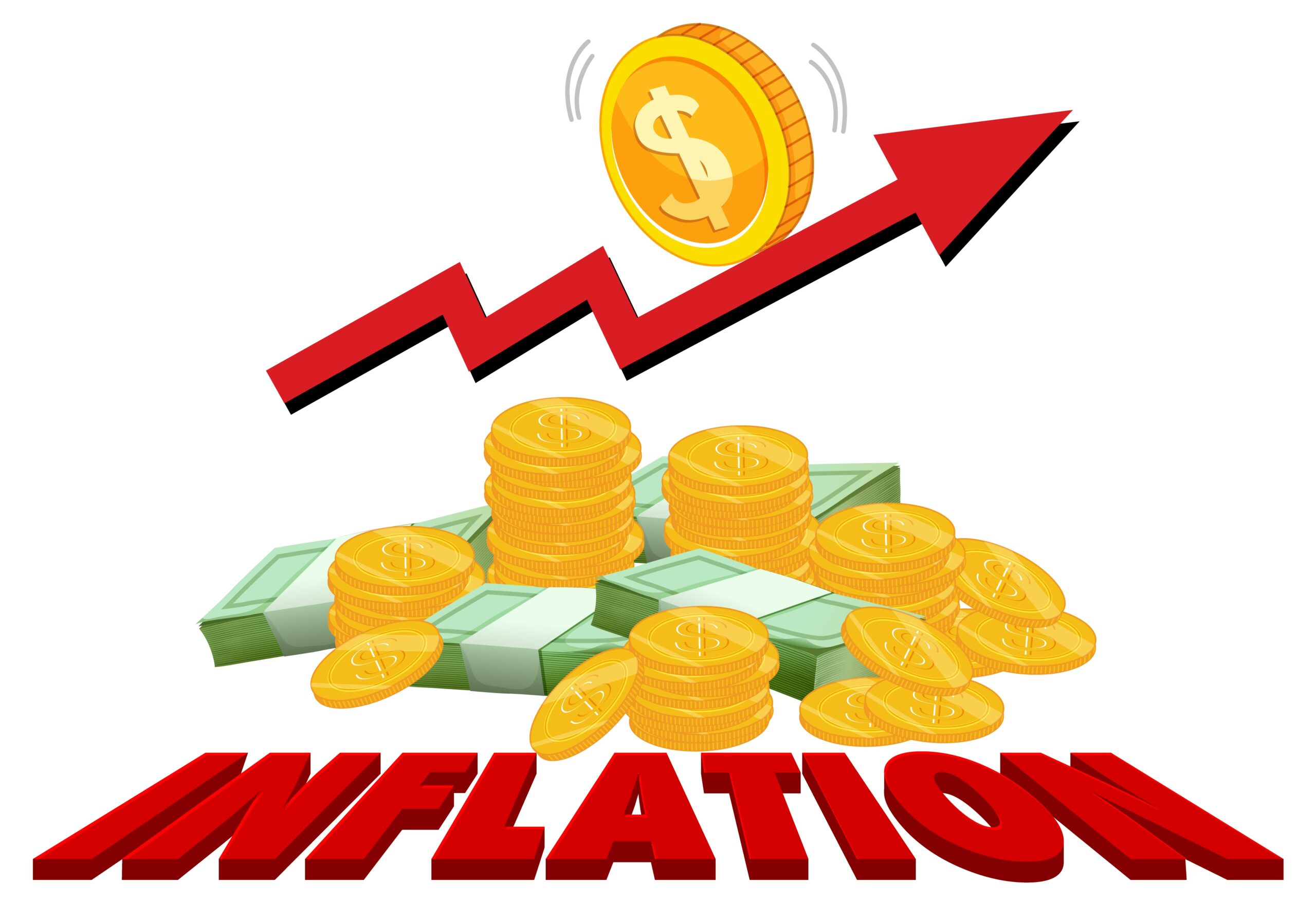1. Demand-Pull Inflation:
- Increased Consumer Demand: When consumers have more money to spend, often due to higher wages or lower taxes, demand for goods and services increases. If the supply of these goods and services cannot keep up with the increased demand, prices go up.
- Economic Growth: In periods of strong economic growth, businesses and consumers are more confident and willing to spend more, leading to higher demand and, consequently, higher prices.
2. Cost-Push Inflation:
- Increased Production Costs: When the costs of production rise, such as wages, raw materials, and energy, businesses may pass on these costs to consumers in the form of higher prices. For example, an increase in oil prices can lead to higher transportation and manufacturing costs.
- Supply Chain Disruptions: Natural disasters, geopolitical events, or other disruptions can limit the supply of goods, driving up prices.
3. Built-In Inflation:
- Wage-Price Spiral: When workers demand higher wages to keep up with rising living costs, businesses might raise prices to cover the increased labor costs. This can lead to a cycle where wages and prices continuously push each other up.
4. Monetary Factors:
- Money Supply Increase: When a central bank increases the money supply too quickly, it can lead to too much money chasing too few goods and services. This excess liquidity can drive up prices.
- Interest Rates: Lower interest rates reduce the cost of borrowing, encouraging spending and investment, which can increase demand and contribute to inflation.
5. Expectations:
- Inflation Expectations: If businesses and consumers expect prices to rise in the future, they may act in ways that contribute to inflation. For example, workers might demand higher wages, and businesses might increase prices in anticipation of higher costs.
Summary
Inflation is typically a result of multiple factors interacting in complex ways. Central banks and governments monitor economic indicators to manage inflation and prevent it from reaching harmful levels.
4o
